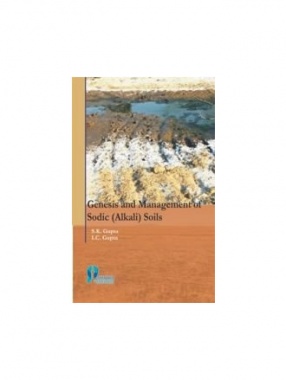
I.C. Gupta

Showing all 15 books





Land and water, the two crucial natural resources for agriculture, are decreasing as a result of burgeoning population of the country. At the same time, various forms of degradation are taking a toll on the productivity of these resources so much so that large areas have been taken out of plough. Current assessment reveal that already 6.73 million ha area has gone out of cultivation because of excessive salts or high sodicity and this area is likely to expand to ...
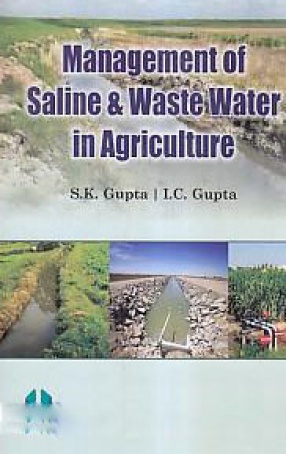
The current book compiles and puts together information on extent and distribution of poor quality waters in various states of India, their characteristics highlighting the problems likely to be encountered and principles and practices of using poor quality waters in agriculture. Special emphasis has been placed on the use of domestic and industrial wastewaters. Only scientifically managed systems can avoid pollution of land and water resources and serve as a ...
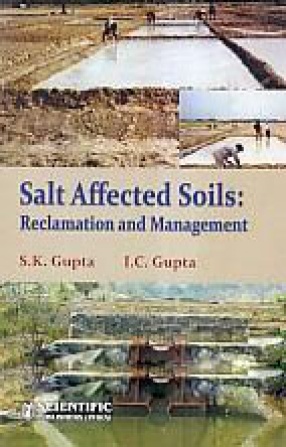
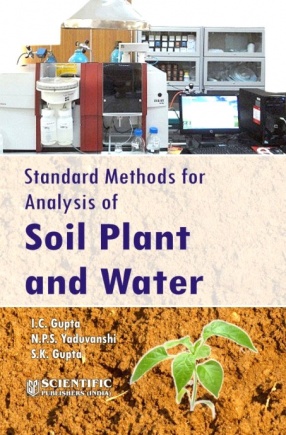
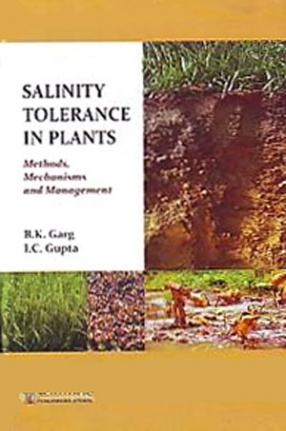

The scarcity of good quality irrigation water is a serious problem in arid and semiarid zones of the world which comprise one third of the earth. Fresh water resources which are very scarce, forming only 3% of the total water reserves are overexploited and consequently have been tending to cause salinisation. Remaining 97% water in sea is excessively saline and generally not suitable for large scale exploitation in agriculture. More than half of the world’s ...

For over a century, the arid lands in the world had been struggling hard to extricate themselves from the deficit of moisture and nutrition and the owner formers from the absymal troughs of poverty and squalor to emerge out of the undulated terrains of lopsided growth and unequal distribution. Efforts of the soil scientists, agronomists, plant breeders, plant physiologists and agricultural engineers have been afoot to diagnose and rectify the limps and shrinks of ...



The present monograph, first of its kind in the country, written by an agricultural engineer and soil scientist, shows that major part of the problem lands can be utilised for growing several selected crops if managed scientifically. Central Soil Salinity Research Institute has generated a wealth of information on this subject through pilot plant studies in last two decades. Supplemented with other studies conducted in the field and laboratories, the available ...

Systematic studies on cropping systems although date back to 1953 but more intensive research work has been conducted during last one decade. An effort has been made herein to compile research findings. The bibliography contains about 700 abstracts ably summarising the research work conducted on the cropping systems.

The book presents in part one, historical account of the development of saline wastelands, environment, nature and properties of saline soils and reclamation and management principles. Part two deals with identification of salt tolerant plants, mechanism of salt injury, metabolic processes and mineral nutrition in relation to salinity, mechanism of salt tolerance and strategies to increase salt tolerance in crop plants. The first edition of the book under the ...

The present population of about 900 million of India, accelerating at a fast rate is expected to shoot up to more than 1000 million, and against the present food grain production of 192 million tonnes, the requirement is likely to increase to 240 million tonnes by the end of the twentieth century. To crope up with the rising requirements of food, fibre, fuel and fodder crops, the so called wastelands covering about 100 million hectares need to be reclaimed and ...

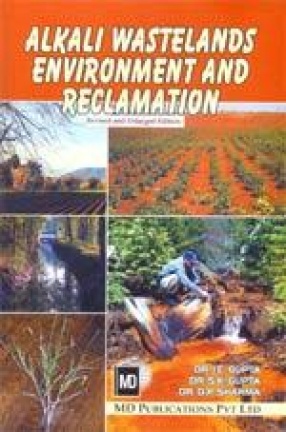
In the next two decades, population of India is likely to cross I.4 billion mark. With additional burden on food grains consumption from demographic shift from rural to urban centers and change in food habits, India need to produce about 325 million tons of food grains by 2007. since the competing demands from other sectors of economy for the inelastic land resource are multiplying fast, the best agricultural lands are being encroached upon by these ...
